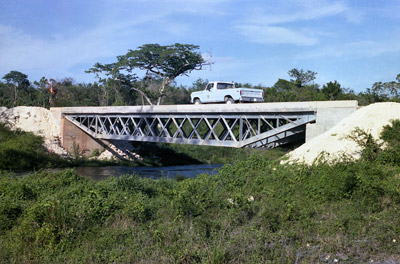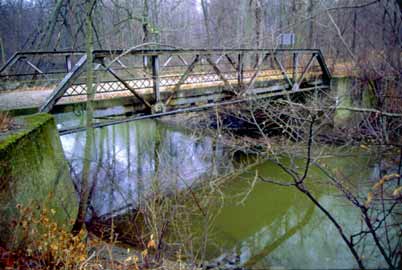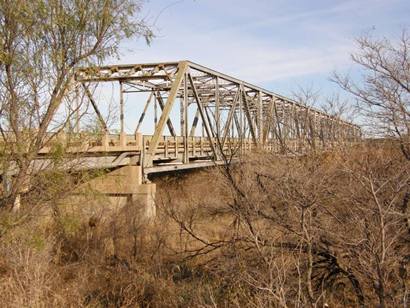| A | B |
|---|
 | deck truss |
 | pony truss |
 | through truss |
| compression | form of stress in which forces are pressing toward each other |
| torsion | twisting type of stress |
| shear | sideways type of stress |
| tension | stress in which forces are pulling in opposite directions |
| deck | part of bridge actually forming the base of the roadway |
| bottom chord | bridge member running the length of pony truss and through truss bridges, supporting the deck, and floor beams, also called "stringers" |
| floor beams | bridge members connecting the bottom chords of pony and through truss bridges, aiding in support of the bridge deck |
| bridge member with greatest tension | bottom chord |
| bridge member with greatest compression | end post |
| abutment | foundational structure where bridge anchors to bank |
| hip vertical | last vertical member of bridge connecting top and bottom chords as well as end post |
| top chord | bridge member running the length of the bridge at the top of the truss, distributes compression from one end post to the other |
| portal bracing | support at the top of the entrance to a through truss bridge, this usually determines bridge clearance |
| lateral (wind) bracing | bridge members in the top of a through truss bridge, resist shear stress |
| struts | bridge members connecting the top chords of a through truss type bridge |
| gusset plates | pieces of material used to reinforce joints between bridge members |
| diagonals | bridge members forming triangles in the truss to give truss rigidity |